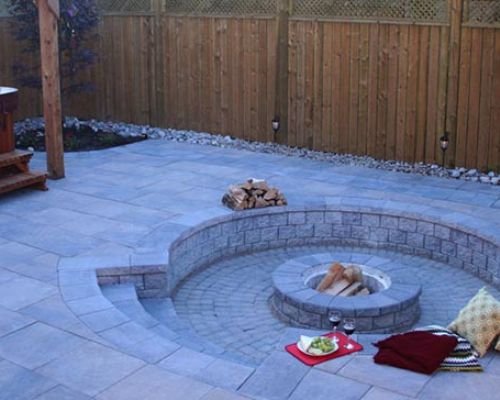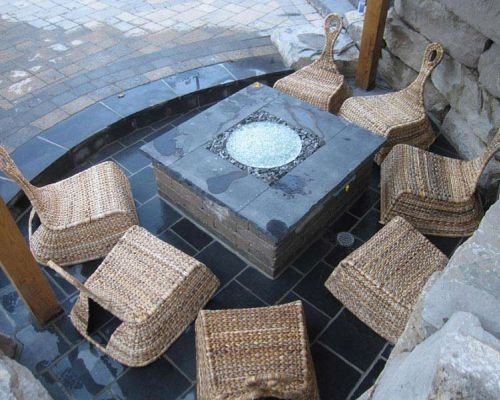What if the greatest barrier to embracing water is simply summoning the courage to take that first step? Learning to swim at any age unlocks more than just safety—it transforms fears into confidence, opening a world of joy and independence. This journey begins with small, manageable milestones: floating, breathing, and gentle kicks, each building trust in your body and the water. As comfort grows, so does your ability to explore deeper, more complex skills, turning water from a source of anxiety into an environment of growth and fun. Supportive tools, positive mindsets, and patience are crucial, making setbacks part of the process rather than obstacles. Whether you’re an adult facing water fears for the first time or a parent guiding a child, this path emphasizes perseverance, celebrating every victory along the way. Are you ready to discover how that initial splash can lead to a lifetime of confidence?
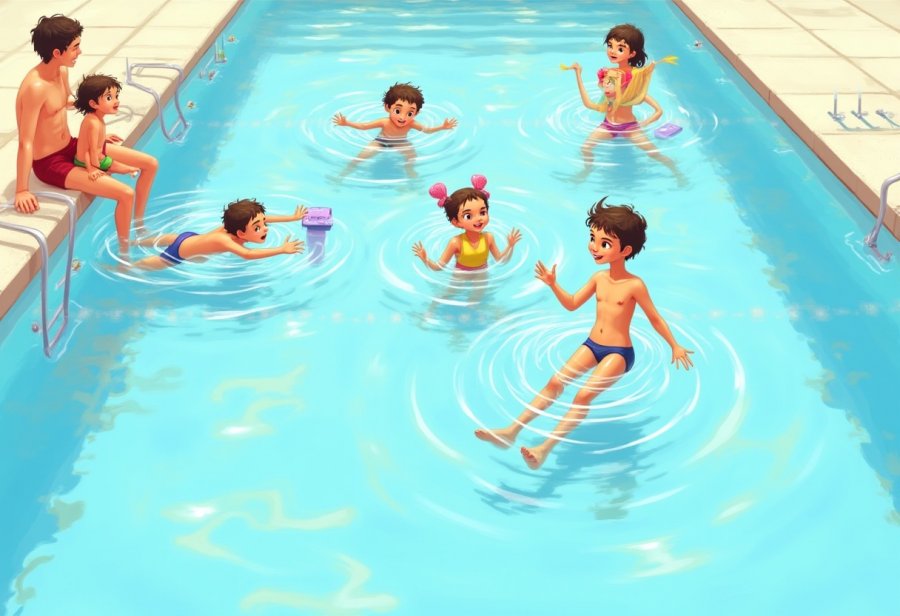
Discover How Learning to Swim Transforms Your Water Experience
Learning to swim is a skill that can truly change how you see and interact with water. It’s more than just a safety measure or a way to get some exercise; it’s an empowering experience that boosts confidence and opens up new possibilities. For many, the idea of stepping into a pool for the first time can feel intimidating, especially if water has been a source of fear or uncertainty in the past. But that initial leap—whether it’s wading into shallow water or trying to float—often marks the beginning of a transformative journey. In those small, brave moments, water shifts from being an obstacle to a space for growth and joy.
The benefits of learning to swim go far beyond safety. It’s a lifelong skill that enhances physical health, improves flexibility, and provides a gentle form of exercise suitable for almost everyone. Swimming helps build strength and endurance without stressing your joints, making it accessible at any age. More than the physical gains, swimming fosters a sense of achievement. Overcoming fears and learning to float or breathe confidently in water can significantly boost self-esteem and independence. Whether you’re floating peacefully in a calm pool or tackling water sports, knowing you can navigate water safely makes the environment more welcoming and enjoyable.
Many adults hesitate to start because they believe it’s too late or that water fears are insurmountable. That’s a common misconception. Learning to swim at any age is entirely possible and deeply rewarding. It’s natural to feel nervous or unsure at first, especially if past experiences or fears have held you back. With patience, gentle instruction, and a positive outlook, you can gradually break down those mental barriers. The process involves taking small steps, building trust in your body and the water, and celebrating every minor milestone along the way.
This journey isn’t just about mastering strokes or safety techniques; it’s about transforming your relationship with water. As you progress, water becomes less a source of fear and more a space of freedom and fun. Every splash, every breath, and every float builds confidence—turning water from an intimidating element into a place of empowerment. Once you take that first courageous step, you open the door to a lifelong relationship with water that’s safe, enjoyable, and full of potential.
Learning to swim is a journey that requires patience and persistence, but the rewards are worth it. Each small victory, whether floating a little longer or swimming your first few strokes, reminds you of how far you’ve come. This ongoing process helps turn water from a source of anxiety into a space of growth and discovery. With every effort, water becomes a place where you can explore, relax, and find joy. The confidence gained isn’t just about swimming—it’s about embracing a new sense of independence that can last a lifetime.
Master the Foundations of Confidence: Balance, Breathing, and Trust in Water
Building confidence in the water starts with understanding the core principles that make swimming possible. It’s not just about moving your arms and legs; it’s about mastering balance, breathing, and buoyancy—these are the fundamental building blocks of all swimming techniques. When you focus on these basics, water begins to feel less intimidating and more familiar. Simple exercises like floating or controlled breathing help you become comfortable with how your body interacts with water, fostering trust and easing anxiety.
A positive mindset plays a crucial role in developing water confidence. Believing that you can learn and adapt helps you stay patient and motivated. Setting small, achievable goals—like holding your breath underwater or floating unaided—reinforces your progress and builds momentum. Celebrating these small victories makes the journey feel rewarding and encourages you to keep pushing forward.
Many psychological barriers can stand in the way of fully enjoying water. Anxiety, a fear of drowning, or negative past experiences often create mental blocks. Overcoming these hurdles involves gentle strategies such as starting in shallow water, practicing slow, deep breathing, and visualizing success. These techniques help calm your nervous system and make water feel less threatening. Supportive instructors and a relaxed environment further help you trust your body and the learning process.
Building trust in your buoyancy and movement is essential. Practicing simple floats on your back or stomach helps you understand how water naturally supports you. Leg kicks with a kickboard strengthen your legs and improve coordination without feeling overwhelming. These foundational skills are more than safety measures—they’re confidence builders that prepare you for more advanced techniques. As you become more comfortable, you’ll be more willing to explore new strokes and push past initial fears.
Managing water anxiety involves breaking fears into manageable steps. Starting in shallow water allows you to control your environment and pace. Deep breathing exercises and visualization techniques can reduce panic and foster relaxation. Remember, setbacks are normal, but maintaining a positive attitude and focusing on small wins keeps you moving forward. Over time, consistent effort transforms initial apprehension into genuine confidence, turning water from a source of fear into a space of growth.
Trust in your resilience and persistence is key. Every small success—whether it’s floating longer or attempting a stroke—solidifies your relationship with water. Keep in mind that progress varies for everyone, but patience and practice are essential. The more you expose yourself to water in a safe, supportive setting, the more it becomes a place of comfort and joy. With time, water transforms from an intimidating element into a partner in your journey of confidence and discovery.
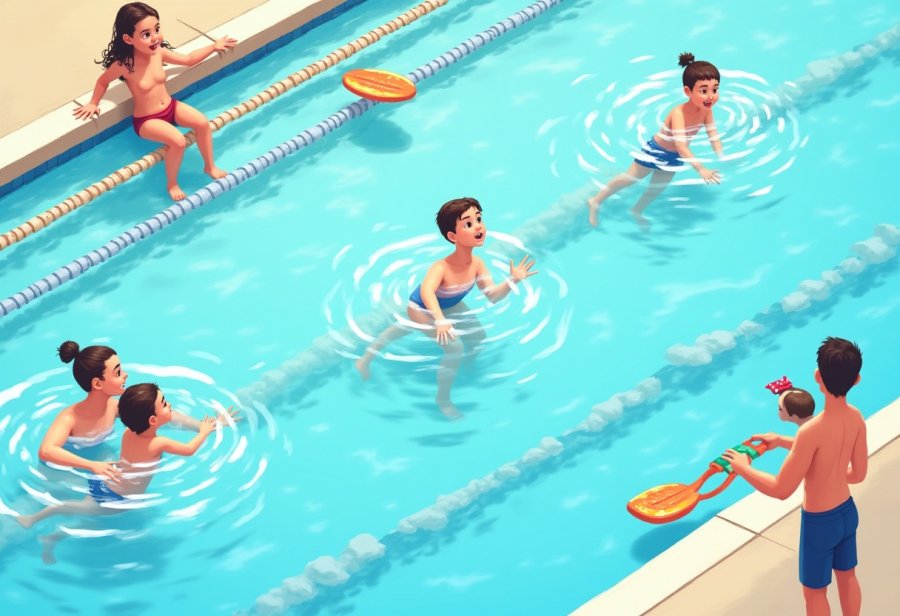
Step-by-Step Journey: Building Skills and Overcoming Water Fears
Learning to swim unfolds gradually, built on small, achievable steps that steadily build confidence. It often begins with mastering water safety basics—like never swimming alone and familiarizing yourself with pool rules. Starting in shallow water provides a safe environment to practice fundamental skills such as blowing bubbles, floating, and face immersion. These early exercises help you trust your body’s natural buoyancy and develop a sense of control, laying a solid foundation for more advanced techniques.
As comfort increases, the focus shifts to breathing and simple kicks. Learning to exhale steadily underwater and inhale smoothly when surfacing keeps you relaxed and prevents panic. Using a kickboard allows you to strengthen your legs and coordinate movements without feeling overwhelmed, reinforcing your sense of mastery over basic motions. Repeating these exercises helps muscle memory develop, making each movement feel more natural and less intimidating.
Once you’re comfortable with these basics, it’s time to combine skills—adding arm movements and exploring more complex strokes. This usually happens after mastering breathing and floating, as these are essential prerequisites. Taking small, incremental steps to link different techniques prevents overwhelm and keeps your confidence growing. Celebrating progress, whether floating unaided or swimming a few strokes, provides motivation and tangible proof of advancement.
Safety remains central throughout the process. Staying within supervised areas and progressing gradually into deeper water ensures you feel secure. Tools like goggles or floaties can offer extra reassurance, making practice sessions more comfortable. Learning how to exit the pool safely if needed is just as important as swimming—these habits foster trust and reduce anxiety, making water a safer space.
Patience and persistence are key. Some days will be more frustrating than others, but consistent effort yields results. Swimming is a skill that takes time to develop fully, and setbacks are normal. Each small victory, like floating longer or swimming a few strokes confidently, reinforces your progress and encourages you to push further. Over time, these steps turn initial fears into genuine confidence, transforming water from an obstacle into a space of growth.
This steady progression also paves the way for more advanced techniques and strokes. As your comfort level increases, you’ll naturally feel more willing to try new movements and explore deeper water. Remember, mastering swimming isn’t just about technique—it’s about cultivating resilience and trust in your abilities. Regular practice and a positive mindset turn water from a source of anxiety into a place of freedom, exploration, and enjoyment.
As you continue to build your skills and confidence, exploring additional resources can be highly beneficial. For those interested in further guidance and structured lessons, finding reputable swimming programs can make a significant difference. You might want to check out this comprehensive guide on how to learn swimming to complement your practice and keep progressing comfortably.
Engage and Thrive: Effective Strategies and Support for Water Learning
Engaging with water learning effectively starts with cultivating a positive and open mindset. Approaching each session with curiosity and a willingness to learn makes it easier to stay relaxed and receptive. When you see every small success—like floating a little longer or confidently blowing bubbles—it reinforces your progress and boosts motivation. Celebrating these milestones transforms the journey into a series of rewarding achievements, keeping your spirits high even when challenges arise.
Using the right tools can significantly enhance your confidence. Items like kickboards, floaties, goggles, and fins aren’t just safety aids—they provide essential support that allows you to practice key skills without feeling overwhelmed. These tools help you focus on mastering specific movements, giving you a sense of control and encouraging independence in the water. As your comfort grows, you’ll naturally rely less on these aids, but initially, they serve as confidence-building stepping stones.
Incorporating fun into your practice is one of the most effective ways to stay engaged. Water activities don’t need to be all drills and repetition; games, playful splashing, and rhythmic breathing exercises turn learning into an enjoyable experience. When water feels more like play rather than work, you’re more likely to look forward to each session. Setting small, achievable goals—such as floating a few seconds longer or swimming a short distance—creates a sense of tangible progress that keeps motivation high.
Surrounding yourself with supportive people greatly impacts your water confidence journey. Working with patient instructors who emphasize encouragement and safety enables you to push past fears at your own pace. Having friends or family cheer on your efforts turns nervous moments into shared victories and helps normalize setbacks as part of learning. A positive environment—free from pressure—fosters trust and makes each step feel less daunting.
Breaking down water learning into manageable steps prevents overwhelm and fosters steady progress. Instead of trying to master everything at once, focus on one skill at a time—like floating, breathing, or kicking. This incremental approach allows your confidence to build gradually, making each new challenge feel achievable. Celebrating small wins along the way reminds you that improvement is within reach and keeps you committed to the process.
Deep breathing exercises are crucial for maintaining calm during practice. When anxiety creeps in, slow, controlled breaths reset your nervous system and reduce panic. Pairing breathing with visualization—such as imagining yourself floating peacefully or swimming confidently—strengthens your mental resilience. These techniques help reframe water from a source of fear into a space of calm and control, making it easier to face new challenges.
Maintaining patience and persistence is vital. Some days will be more frustrating than others, but consistent effort pays off over time. Remember that setbacks are normal and part of the learning process. Every attempt—whether it’s a small improvement or a new skill—builds resilience and trust in your abilities. Staying committed, practicing regularly, and celebrating progress, no matter how minor, gradually transforms water from an intimidating obstacle into a place of confidence and enjoyment.
Finally, trust in your resilience and the power of steady effort will carry you through the ups and downs. Each practice session, each small success, reinforces your relationship with water and deepens your confidence. With patience, the right mindset, and supportive tools, water becomes less a source of fear and more a space for growth, exploration, and fun. Keep showing up, stay positive, and remember—every splash takes you closer to a lifelong love of swimming.
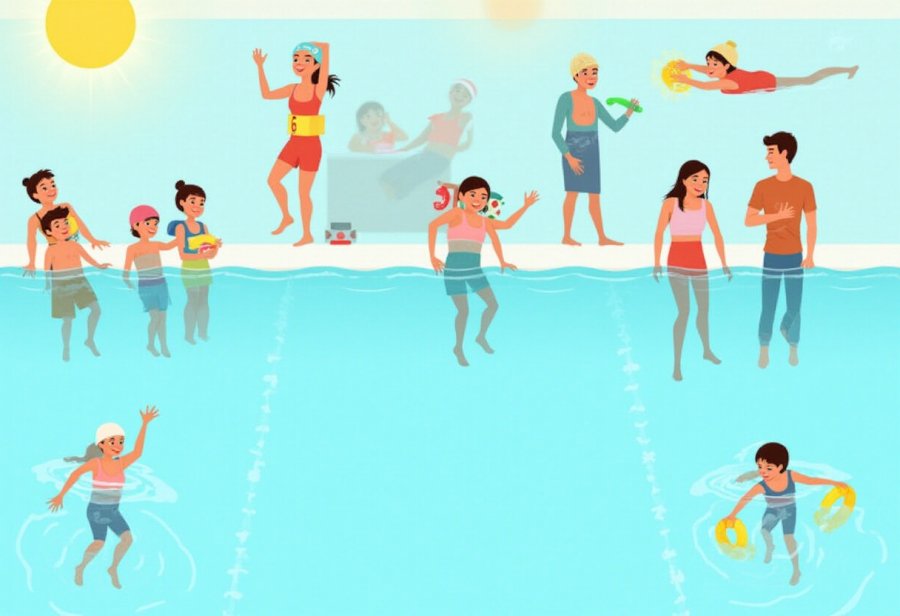
Reflections and Inspiration: Embrace Your Water Confidence Journey
Learning to swim is a journey built on patience, small victories, and consistent effort. Every step forward—whether floating a little longer or swimming your first strokes—is a reminder of progress and growing confidence. These moments may seem minor, but they collectively reshape how you see water: no longer a source of fear, but a place of opportunity and growth. Recognizing and celebrating these achievements fuels motivation and underscores that progress is within reach at every stage.
It’s important to remember that water confidence isn’t limited by age. Many people start learning later in life and discover how empowering it can be. Focusing on achievable, manageable goals keeps the process realistic and rewarding. Small milestones, like mastering a float or taking a few confident strokes, serve as proof that improvement is happening. These tangible successes build momentum, making each new challenge feel less intimidating and more attainable.
Consistency remains your strongest ally. Regular practice, even in short sessions, helps reinforce skills and gradually replaces anxiety with familiarity. Over time, these repeated experiences deepen your trust in your abilities and make water feel more like a safe space rather than a threatening obstacle. The more you show up and practice, the more water becomes a familiar environment where you can explore, relax, and enjoy.
Support from instructors, friends, or family plays a crucial role. Encouragement and patience from others create a positive atmosphere that makes setbacks easier to handle. Their presence normalizes mistakes as part of learning and reinforces the idea that progress is personal and unique. With the right environment, water learning transforms from a daunting task into a shared journey of discovery and achievement.
Trusting in your resilience and persistence is key to lasting success. Every challenge faced and every small victory achieved strengthens your relationship with water. Keep in mind that setbacks are normal—they’re simply part of the process. Staying committed, practicing regularly, and celebrating small wins help turn initial fears into confidence that lasts a lifetime. Ultimately, continuous effort ensures that water remains a space of confidence, joy, and endless possibility.



